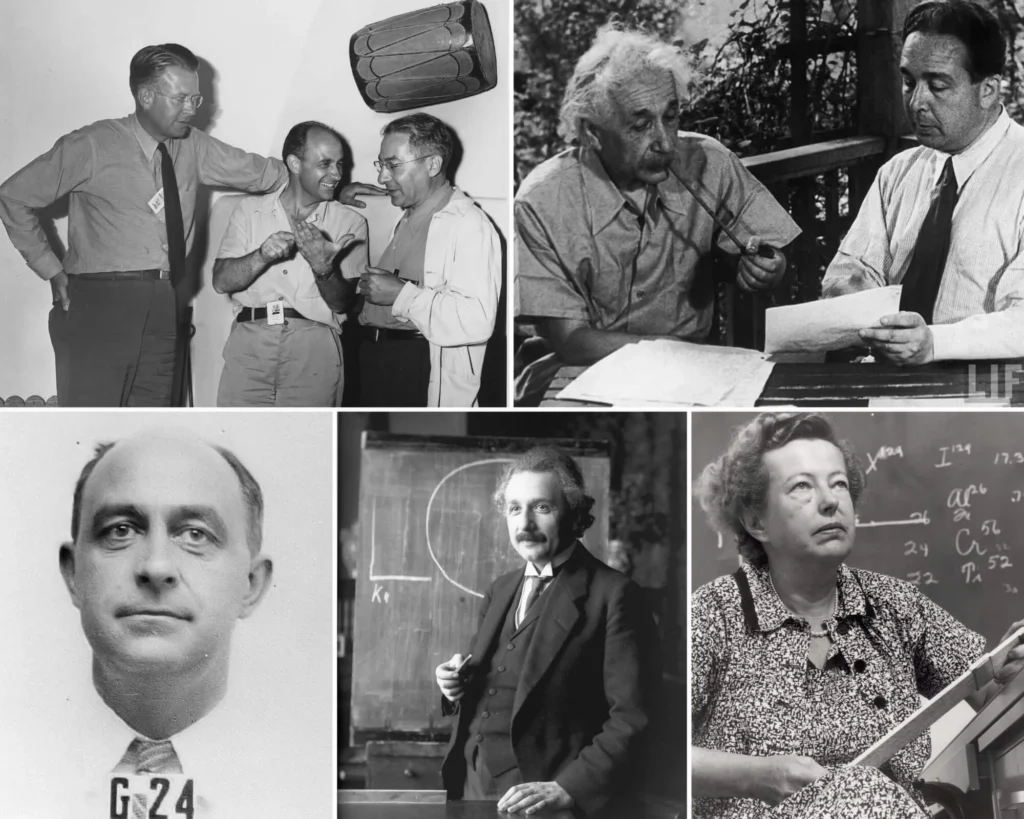Exhibited at the REACH Museum – October 2023
In the decade leading up to World War II, religious persecution and political oppression in Europe forced many scientists, scholars, and intellectuals to flee their homelands. Seeking safety and opportunity, they immigrated to the United States—many becoming naturalized citizens. A number of these immigrants played key roles in the Manhattan Project, the top-secret American initiative to develop nuclear weapons during the war.
What made the Manhattan Project unique was not only its scientific ambition, but also the international character of its workforce. These new Americans brought exceptional expertise in physics, chemistry, mathematics, and engineering—proving critical to the Project’s success.
This exhibit honored the contributions of these immigrant scientists and highlighted the awards and recognition they received in the years that followed.
Featured Scientists and Their Honors:
- Leo Szilard – Atoms for Peace Award, 1959
- Walter H. Zinn – Atoms for Peace Award, 1960
- George Kistiakowsky – Medal of Freedom (1961), National Medal of Science (1967)
- John Von Neumann – Enrico Fermi Award, 1956
- James Franck – Nobel Prize in Physics, 1925
- Isidor Isaac Rabi – Nobel Prize in Physics, 1944
- Emilio Segrè – Nobel Prize in Physics, 1959
- Eugene Paul Wigner – Nobel Prize in Physics, 1963
- Maria Goeppert Mayer – Nobel Prize in Physics, 1963
- Hans Albrecht Bethe – Nobel Prize in Physics, 1967
- Chien-Shiung Wu – Wolf Prize in Physics, 1978
- Albert Einstein – Nobel Prize in Physics, 1922
- Enrico Fermi – Nobel Prize in Physics, 1938
- Edward Teller – Albert Einstein Award, 1958
This exhibit invited visitors to reflect on the importance of open borders, intellectual freedom, and the lasting contributions of immigrants to scientific advancement in the United States.


